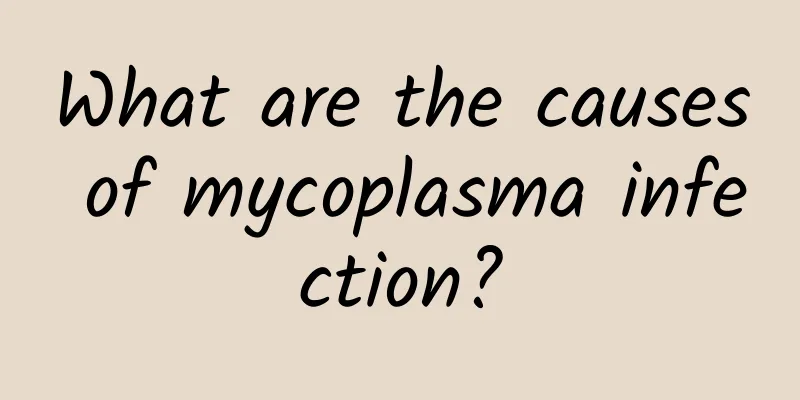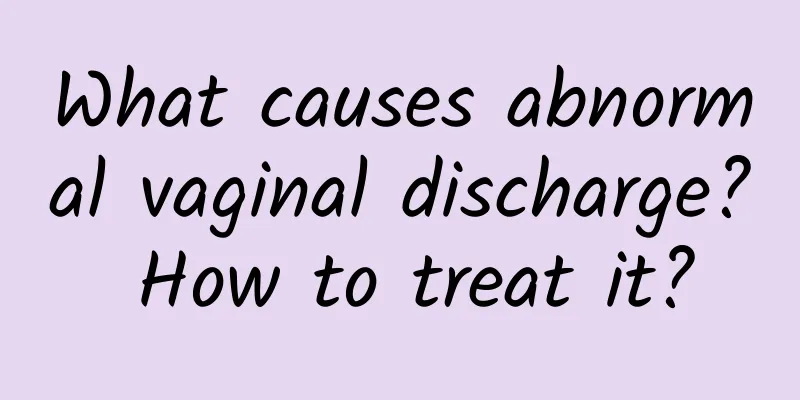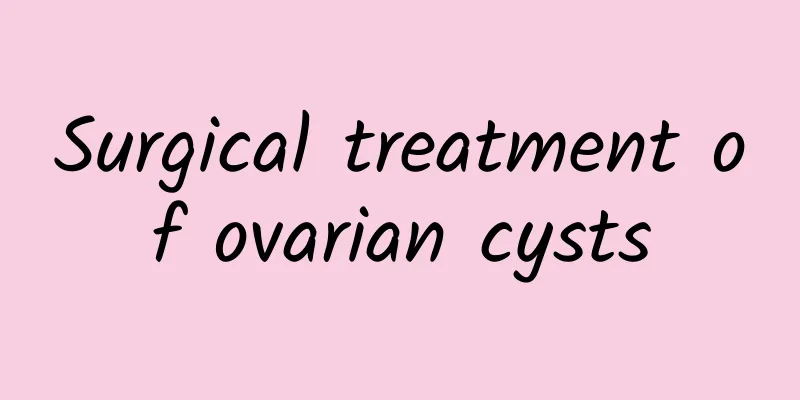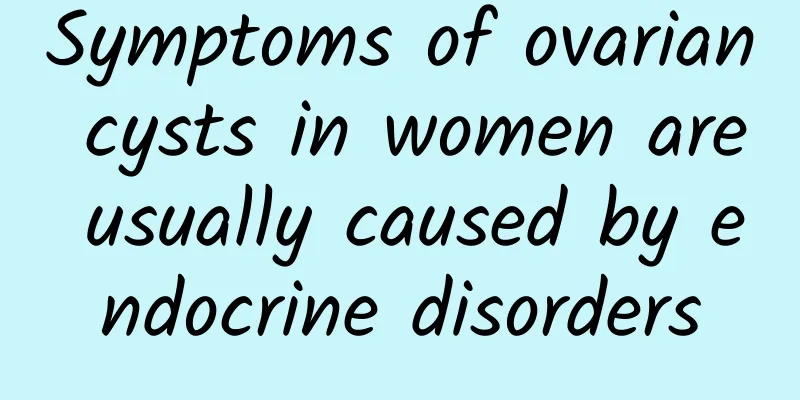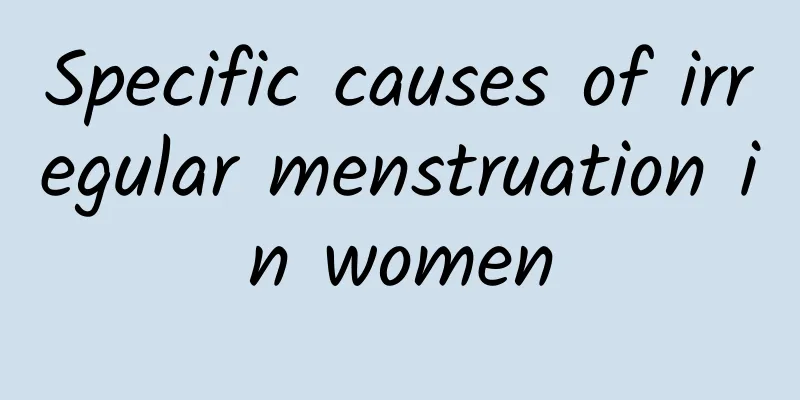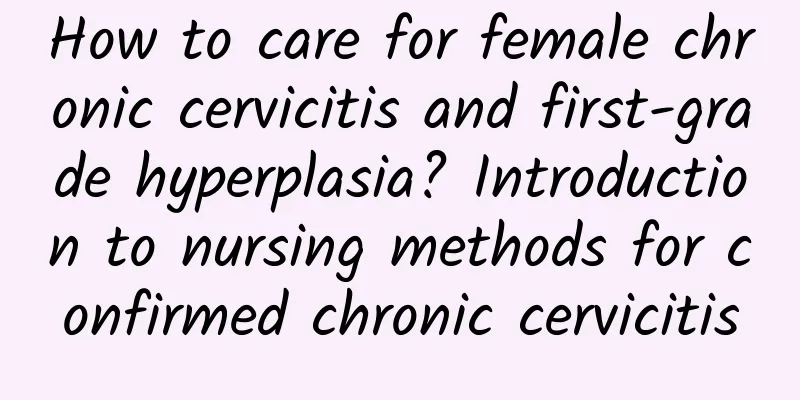How long does it take to restore menstruation after hysteroscopic surgery for endometrial polyps
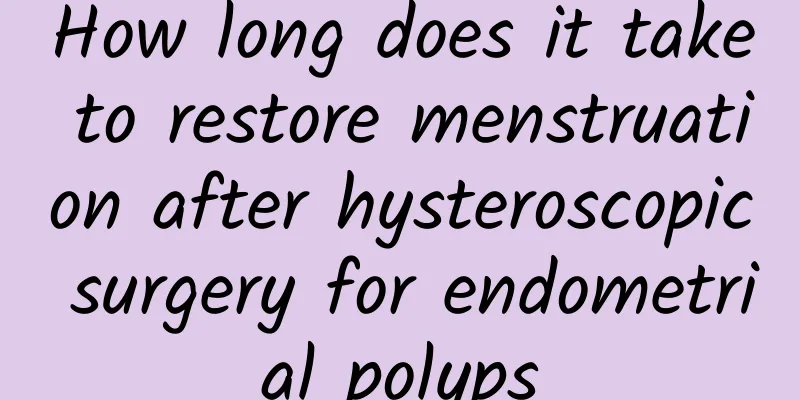
|
After hysteroscopic surgery for endometrial polyps, menstruation usually resumes in 1-2 months. The specific recovery time varies from person to person, and attention should be paid to conditioning and follow-up after surgery. Postoperative menstrual recovery is affected by age, polyp size, surgical method and personal physique. It is recommended to eat a reasonable diet, rest properly and have regular checkups after surgery. The time it takes to resume menstruation after surgery is closely related to individual differences. Young patients have better ovarian function and stronger endometrial repair ability, so their menstruation resumes faster after surgery, generally returning to normal within 1 month. Older patients, especially women approaching menopause, have gradually declining ovarian function and slower endometrial repair, so it may take 2 months or longer to resume menstruation. The size and number of polyps will also affect the recovery time. Larger polyps or more polyps require a relatively larger surgical range, which prolongs the endometrial repair time. Postoperative menstrual recovery is affected by many factors. Different surgical methods have different degrees of stimulation to the endometrium, and the recovery time will also vary. Hysteroscopic surgery is a minimally invasive surgery that causes less damage to the endometrium, but you still need to pay attention to postoperative conditioning to avoid infection and poor wound healing. Postoperative diet should be light and nutritious, avoid spicy and irritating foods, and eat more foods rich in protein and vitamins, such as eggs, fish, green leafy vegetables, etc. Proper rest after surgery, avoid strenuous exercise, and keep a good mood will help your body recover. Regular postoperative check-ups are very necessary. Ultrasound examinations can be used to observe the repair of the endometrium and detect postoperative complications in a timely manner. If menstruation has not resumed 2 months after surgery, or if symptoms such as abnormal menstrual flow and abdominal pain occur, you should seek medical attention in a timely manner to rule out the possibility of postoperative infection and intrauterine adhesions. Pay attention to personal hygiene and avoid unclean sexual life to reduce the risk of intrauterine infection. Maintaining good living habits after surgery, quitting smoking and drinking, and avoiding excessive fatigue will help restore the menstrual cycle. The time it takes to resume menstruation after hysteroscopic surgery for endometrial polyps varies from person to person. Most patients can return to normal within 1-2 months after surgery. Paying attention to diet conditioning, proper rest and regular check-ups after surgery will help speed up recovery. If menstruation has not resumed 2 months after surgery, or if abnormal symptoms occur, you should seek medical attention in time to rule out postoperative complications. Maintaining good living habits will help maintain a stable menstrual cycle. |
>>: How to treat moderate cervical erosion
Recommend
Symptoms of painless abortion infection
Symptoms of painless abortion infection: Painless...
What are the causes of habitual miscarriage?
What are the causes of habitual miscarriage? The ...
If you want a strong heart, you need the strength of your legs! 4 Tips for Walking to Rejuvenate
To tell whether your heart is strong enough, you ...
Will uterine effusion get worse?
Will uterine effusion get worse? Uterine effusion...
How to treat ectopic pregnancy to relieve pain
Vaginal bleeding is one of the more common sympto...
What kind of anti-inflammatory water should be used after abortion? Is it necessary to receive intravenous drip for 3 days after abortion?
Abortion is a common gynecological surgery that a...
What are the symptoms of vulvar leukoplakia?
What are the symptoms of vulvar leukoplakia? I be...
Let your brain go off work! 3 Weight Loss Foods to Help You Sleep
"You can lose weight while sleeping" is...
Exercise is good medicine! Innovative vertical and horizontal movements to keep away from disease threats
To live you have to move! Exercise is good medici...
A brief explanation of the causes of uterine fibroids
There are many causes of uterine fibroids, some o...
Causes of abnormal increase in leucorrhea in girls
Abnormal increase in vaginal discharge in girls m...
Typical symptoms of increased vaginal discharge and cervical hypertrophy
There are many symptoms in life that female frien...
How to treat endometriosis effectively
The effectiveness of endometriosis treatment depe...
Taiwan loses 1,100 metric tons of meat! Taoyuan County Double Champion
Obesity is the public enemy! The National Health ...
What are the hazards of uterine effusion to women?
Uterine effusion is an uncommon disease, also kno...

